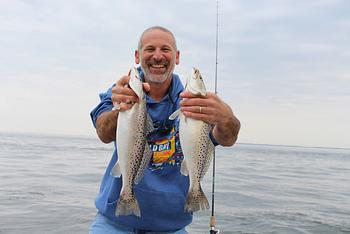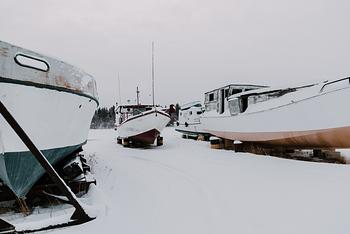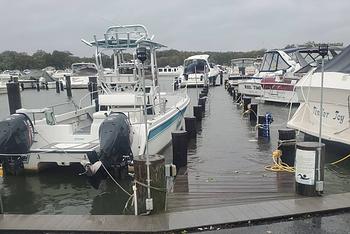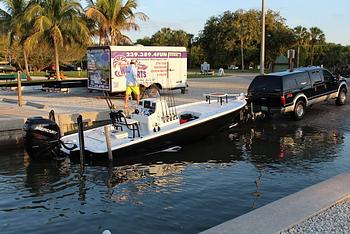When we think of canal boating we imagine the long, hazy summer days pootling along green-banked waterways, picnics in fields of wildflowers and sipping a glass of something cool on the roof of your narrowboat. When the summer days draw to a close though a whole new world of canal boating opens up. Imagine a wintery world of silver trees, crisp icy mornings, and steaming cups of hot chocolate as you watch the starlings swoop through a blue sky. Boating in winter might need a bit more preparation, but it is one of the least crowded, magical times of the year to take to the inland waters. Follow our guides to canal boating in winter and winter boating tips and discover a whole new season of adventures.
Stay Warm
Nothing can spoil a day or weekend of picturesque boating more than being miserably cold. Staying warm is important not just for your overall enjoyment though, but for your safety. When temperatures really drop, you can lose body heat quickly. Check out our guide to the Best Gear for Winter Sailing for how to stay toasty warm all winter long.
When it comes to heaters, there are several options to choose from;
-
Multi-fuel stoves are one of the most popular canal and narrowboat heating options. They’re economical to run, the fire draws a lot of the condensation out of the boat which builds up during winter, and let’s be honest, there isn’t anything better than a real fire crackling away on a snowy winter night. These can be run on wood or coal.
-
Diesel-fired central heating options will provide a more even heat distribution around the boat, with a boiler supplying hot water to the shower and radiators.
-
Gas central heating works off LPG gas bottles to provide hot water.
Whichever system you opt for make sure you have planned for a back-up of fuel, and keep stocked up whenever you get the chance. Running out of fuel and being stuck somewhere in poor weather is easily avoidable with a bit of pre-planning. One of the most important factors to be aware of when heating your boat are the dangers of carbon monoxide poisoning. Ensure your boat is well ventilated at all times, never block ventilation outlets, and have carbon monoxide detectors fitted in your boat.
When it comes to cruising, plan shorter days, or take it in turns with your crew on shorter shifts at the helm. Even with the best clothing you can start to lose heat standing at the tiller for hours on end. A steady supply of hot drinks, hearty stews and soups are also great core body warmers. A hot water bottle is a nice treat too.
Get Ready…Winter is Coming
When temperatures plummet and facilities run shorter opening hours or close shop altogether you need to make sure you’re prepared in advance. It’s important to keep everything ticking over and well-stocked, whether you’re cruising or living on a boat year-round. You’ll want to:
-
Ensure the batteries are working well.
-
Keep your tank full of diesel and top up whenever you get the chance, especially if you’re running diesel-fired central heating.
-
With diesel heaters, clean out the fuel filters before the winter, and with solid fuel, stoves clean the flue and sweep the chimney.
-
Have a stockpile of solid fuel for your stove or gas bottles if you’re running gas central heating.
-
Add anti-freeze to your water and heating system to prevent frozen pipes. You’ll also want to make sure the pipes are well insulated for the same reason.
-
Try and keep air flowing through the boat when possible to prevent a build-up of condensation which leads to mold and mildew.
-
Use fenders or planks of wood hung alongside the boat to prevent chunks of ice from bumping into the hull and damaging the paintwork.
-
A back-up cassette toilet is very handy to have if pump-out stations prove to be few and far between.
-
Stock up on provisions and buy fresh produce whenever you get the chance in case you get stuck in the ice or poor visibility for a few days unexpectedly.
Don’t Break the Ice
There’s nothing more beautiful than snow and ice covering the landscape like a twinkling, white fairyland. Yet while this is all part of the magic of winter canal boating, ice does pose challenges to boaters. When canal ice is a thin layer, easily broken by a small stone, it’s safe to boat through it. In fact, the sound of crunching and sloshing as you cruise along between white banks and blue skies is one of the highlights of winter boating. When the ice gets thicker however, trying to break it with the bow of your boat can lead to over-exertion of your engine. You’ll also find it harder to steer as the ice will keep the boat heading in a straight line
It’s important to be aware of boats moored on the river who may be bashed by chunks of ice broken up by your bow. If you do need to boat through ice, take it really slowly, and make sure you have an oar or stick on board to break the ice up from the bow to prevent damage to moored boats.
Get a Grip on Icy surfaces
With ice comes slippery surfaces, and pontoons, decks and locks can be treacherous in these conditions. A pair of non-slip boots is important, as are gloves for handling frozen ropes and metal work. Anti-slip paints applied earlier in the year can help reduce the risk of falling, but don’t rely on these in the iciest of conditions.
Be extra careful when operating locks, climbing lock ladders and when getting on and off the boat. Be sure to wear a lifejacket even if you don’t usually do so in the warmer months. It is a good idea to keep a mobile phone or signaling device on you too in case of falls or injury.
Take Extra Precaution in the Dark
With short days and long nights in the winter months, it’s highly likely that you’ll find yourself boating through dusk or dark at some point. In fact, there is a certain magic about slipping silently along the waterways with the moon and stars overhead. In most places it is perfectly legal to boat at night, however most canal rental companies don’t allow it under their terms, but it’s important to be prepared.
You’ll need to make sure your boat has a strong headlight and take it even more slowly than you would during the daylight to make sure there aren’t any fallen trees or obstacles in front of you which will damage your boat. On larger rivers and waterways you’ll also need navigation lights including green and red starboard/port lights, a white stern light and a masthead. Like with car headlights, you should dim your light if you encounter a boat coming the other way as you may hinder their vision of the river. A head torch is an invaluable tool for navigating locks and tying lines, helping you keep both hands free.
Be courteous if you’re cruising at night and consider those who are moored along the river. Keep voices low and reduce your speed even further as you pass by other boats. While canal boating in the dark can be a fun adventure, keep in mind the other safety considerations in this guide first and foremost.
Be Aware of Rising Canal and River Levels
Heavy rains or thawing snow can create strong flows and flood conditions on waterways, and while this is more common on rivers it can also affect some canals. Keep an eye on the weather and have contingency plans if heavy downpours affect the flow or height of the water, especially when navigating bridges. If conditions deteriorate moor up and hunker down until conditions improve. If you’re canal boating in the UK, the Environment Agency issues Strong Stream Advice (SSA) to let river users know when levels are increasing and when locks are being prepared to discharge flood water. Keep an eye out for notice boards, flags and lights displayed on riverbanks informing boaters of the status.
Check for Planned Stoppages
Maintenance along the waterways is necessary, and authorities tend to do most of the work during the quieter winter months when boat traffic is considerably reduced. It’s imperative to plan ahead to make sure you don’t get stuck. In the UK, the Canal and River Trust list all planned stoppages on their website, so be sure to check your route before setting off.
Rightboat.com has hundreds of new and used canal boats and narrowboats for sale all across Europe.
You may also like these topics too ...
Three Top Winter Cruising Destinations
5 of the best ranging from survival dramas to psychological horror to real-life tragedy and thrills



